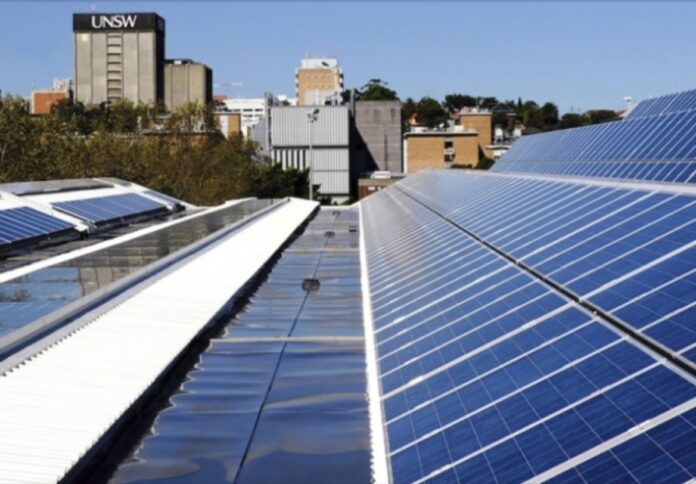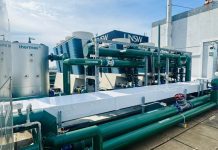
Researchers from UNSW have revealed that the levels of atmospheric aerosols and greenhouse gas emissions will significantly affect the production of photovoltaic (PV) energy and associated costs.
Published in the Renewable Energy journal, the study looked into a wide range of climate change models looking ahead 70 years.
Using complex computer simulations known as Global Climate Models, UNSW engineers found that the potential efficiency of PV in Australia, North America, and most of Africa would decrease due to lower radiation and increasing temperatures.
According to the study, aerosols in the atmosphere could decrease the amount of solar radiation reaching the surface of the Earth. Meanwhile, solar panels do not actually work efficiently in high temperatures above around 25 degrees Celsius.
As a result, the reduced efficiency of PV in the future would increase costs, with more solar panels required to generate the same amount of energy.
Researchers estimated that the difference in costs could be as high as USD 12.4 billion (AUD 18.6 billion) per year when comparing a scenario where little action is taken on greenhouse gas emissions and air pollution versus a future with a low-emission clean-air “green-growth” roadmap.
“These results aim to contribute to the analysis of future energy storage requirements, help optimise the location of future solar plants, as well as promote the adoption of policies to accelerate the ongoing energy transition and mitigate the climate change impacts,” said Alejandra Isaza, the lead author of the paper and a PhD candidate at UNSW.
“All the computer models show that temperature will rise in the future, but the most optimistic scenario which is aligned with good climate policies and the uptake of increased renewable energies is also the one associated with lower future costs.”
“In contrast, in the worse-case scenarios, we have less favourable PV efficiency, particularly in China, because there are less solar resources due to the increased aerosols in the atmosphere, as well as higher temperatures which also has a negative effect.”




















